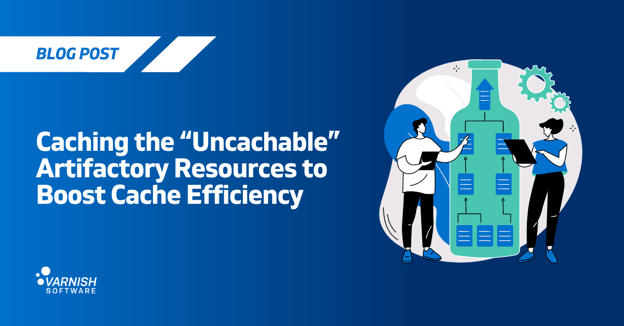Working as we do with web caching as our baseline, we take for granted that everyone knows and understands and takes advantage of the power of caching for web performance.
Caching is a fairly basic technology at its core, but there are a lot of sites that have not yet tapped into caching basics, let alone started to dig into the more complex and sophisticated things you can control with caching policies. We have seen some real-world examples of disasters unfolding when caching was not implemented, and some cases where caching and some of its accompanying technologies saved the day - often in big do-or-die situations (e.g. Black Friday). As important as websites and apps are to businesses and their bottom line, it’s essential that every organization think about performance from the ground up… and here, the ground is caching.
Free introductory course on the power of Varnish & caching
We designed our free, self-paced e-learning course, Getting started with Varnish, to introduce some of these basics from the beginning.
- What is caching?
- Why is caching important and how can it contribute to better web performance?
- What is Varnish Cache?
- What are HTTP headers and what role do they play in caching?
- What is Varnish Configuration Language (VCL) and how can it give you more control over your cache?
The bottom line with web performance is that speed and availability are important. Caching boosts speed by caching or saving a copy of a requested object (or page) so that it can be immediately served (from cache) each time it is requested instead of forcing a requesting client to travel all the way to the backend each time that object is requested. Not only does this work much faster, it shields the backend from a rush of traffic that can often lead to overload.
Register now for our free “Getting started with Varnish” e-learning course to learn more.
/VS-logo-2020-197x60.png?width=136&height=60&name=VS-logo-2020-197x60.png)




